Do Camera Megapixels Matter in 2024? (For Photography)
Exploring the significance of camera megapixels in determining photo quality and whether more megapixels always mean better images.
Learn | By Mark Condon
Having more megapixels on your digital camera or smartphone can be useful.
However, do megapixels matter when it comes to overall image quality?
Photographers love to discuss the merits of more camera megapixels in digital photography.
In this guide, I’ll explain why having more megapixels isn’t always necessary… nor a good thing.
You’ll also discover which digital cameras and smartphones have the highest pixel count in 2024.
But first, let’s take a closer look at the importance of having over a million pixels on your camera sensor.
What is a MegaPixel?
As you probably know, digital cameras have a sensor inside. When the sensor is exposed, it collects information and passes it to the camera’s software so that it creates a photograph.
These sensors are composed of a series of photo-sensitive sites. The photosites capture light and color, and they’re represented on a digital image as squares called pixels.
So, a pixel is the smallest unit of a digital image, and a megapixel is one million pixels.
What Do MegaPixels Mean on a Camera?
The megapixels on a camera refer to the pixel count present in the sensor. For example, if you have a 24 MP camera, it means that the final image will have 24 million pixels.
The total pixel count is what’s known as the camera resolution. You can calculate the resolution by multiplying the number of pixels on the horizontal side of the sensor by the ones on the vertical side.
If the camera sensor has a 2:3 aspect ratio – this means that the 24 megapixels are distributed as 6000 on one side and 4000 in the other.
How many megapixels can the human eye see?
Well, the human eye doesn’t actually have pixels. So, comparing the human eye to a camera’s sensor is not like comparing the resolution of two cameras. What we know is an estimate calculated by photographer and scientist Dr. Roger N. Clark.
Using very complex math, he determined that the human eye ‘resolution’ is 576 megapixels. You can learn more about how he reached this result on his website – Clarkvision.
However, according to an article published by Lasik – 576 MP is the resolution reached when moving. Instead, on a single glance, the human eye has a 5 to 15 MP ‘resolution’.
Megapixels vs Image Quality: Do Higher Megapixels Mean Better Pictures?
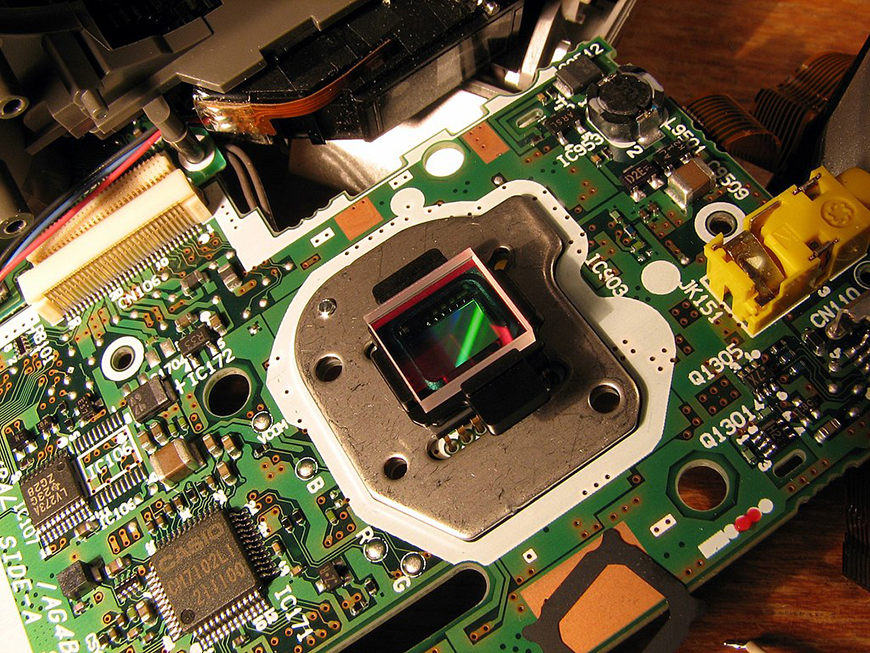
Digital camera sensor. Credit: John Carney, CC BY 2.0, via Wikimedia Commons
There’s the widely spread idea that a higher megapixel count equals a high-quality photo. This is known as the megapixel myth.
Image quality is related to high resolution, but it also depends on other factors. One of the most important factors is the size of the sensor – I’ll discuss this in detail later in the article.
Other factors involve the lens quality, the correct exposure, the processing technique, the light conditions, and even the software processor on the camera.
How many megapixels is 4K?
4K is a common display resolution. It refers to a horizontal pixel count close to 4000. In television, the standard 4K means 3840 x 2160 while in movies the size is 4096 x 2160.
In still photography, 3840 x 2160 would mean 8.3 MP.
Sensor Size and Pixel Size: More Important Than Megapixels?
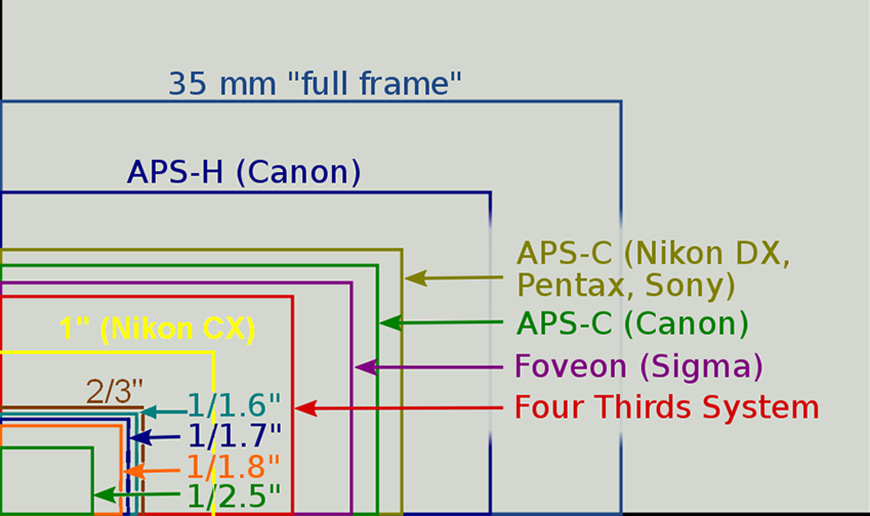
Several authors quoted on that page, CC BY-SA 3.0, via Wikimedia Commons
How Much Do You REALLY Know About Photography?! 🤔
Test your photography knowledge with this quick quiz!
See how much you really know about photography...

Megapixels matter when you’re considering the maximum size of your digital images. This is important when you need to crop or print your photos.
However, a higher resolution doesn’t necessarily mean better quality. In this sense, yes – sensor size and pixel size are more important than the number of pixels.
As I mentioned at the beginning, sensors are formed with photosites which are small squares that collect information.
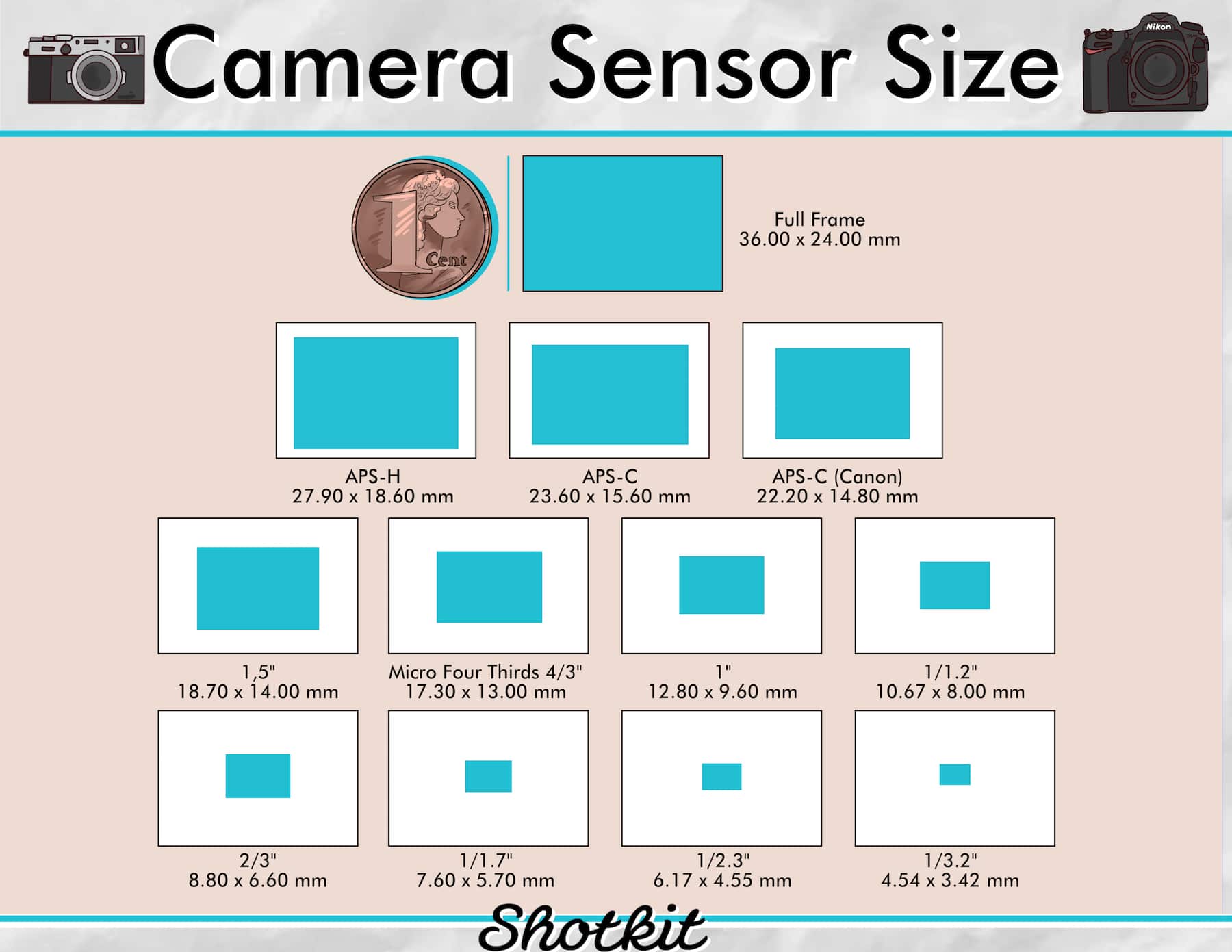
While a larger sensor can potentially support more megapixels, the two are not directly related. It’s possible to have a large sensor with fewer megapixels or a small sensor with many megapixels.
If you have a small sensor, adding more megapixels means that you’re cramming smaller photosites in the same space.
A bigger sensor means that the photosites can be bigger too – so they collect more photons. This means that you’ll have a higher dynamic range, the camera will perform better in low-light situations, and the images will have less noise.
After all, if you have a good-quality picture, you can always get a higher resolution by using an advanced upscaling program.
Instead, there isn’t much you can do to improve the quality of an image even if you have more resolution.
Are There Any Drawbacks to Having Too Many Megapixels?
The first drawback of having more megapixels is that you’ll have bigger files. This means that you’ll fill the memory card faster and you’ll need more storage space either on your hard drive or a cloud service to back them up.
This is a fair compromise when you actually need high-resolution images. However, if you have large files because they have more megapixels than you need, then it’s not worth it.
Another potential drawback is the slower processing time. This may affect you when shooting, transferring, and editing the files.
Large files in-camera take longer to be saved in the memory card. If you shoot in burst mode – for example, it could diminish the fps.
It could also mean slowing the processing to transfer, cull, and edit your photos – this also depends on how powerful is your computer.
Also, when the camera sensors aren’t big enough for the amount of pixels, you’ll have a bigger image resolution but not higher image quality. You’ll probably have issues like noise and reduced dynamic range.
When Are More Megapixels An Advantage?
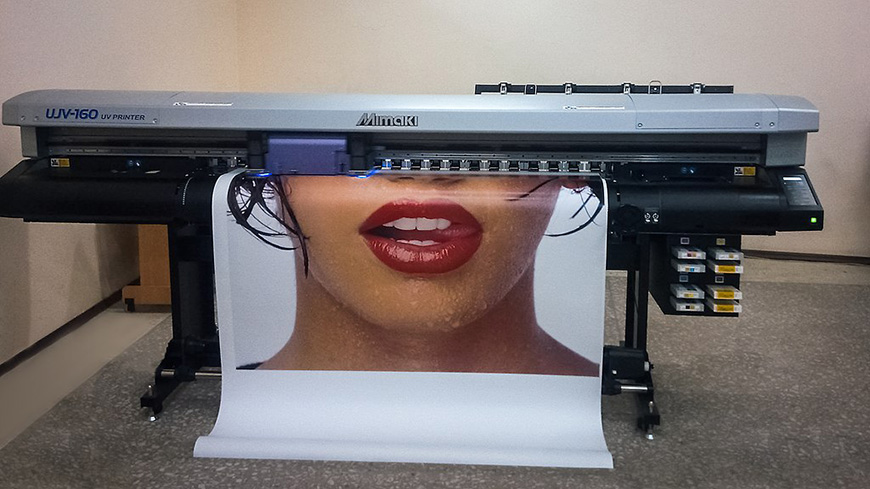
Large format printing process with Mimaki machine. Credit: Helene.3160, CC BY-SA 4.0, via Wikimedia Commons
More megapixels are better when you’re talking about print size. The more megapixels you have, the bigger you can print your image.
Another situation in which more megapixels are beneficial is when you need to crop your image.
This is because even if you lose megapixels by cutting out part of your photo – the file still has enough resolution to print or zoom on your screen.
How Many Megapixels Do Photographers Actually Need?
If you’re wondering how many megapixels you need to print high-resolution images, you need to multiply the print size by 300 – which is the standard dpi for photographic printing.
So, if you need to print an 8″ x 10″ photo, it needs to have 2,400 x 3,000 pixels. To print a 16″ x 24″ you need a file with 4,800 x 7,200 pixels and so on.
How many megapixels do professional photographers use?
Unfortunately, there isn’t a straight answer to this. The megapixels required by a professional photographer depend on the type of photos they do and how the images are going to be used.
To give an approximate number, most professional DSLR and mirrorless cameras have a resolution between 24 and 36 MP. However, some professionals use medium-format digital cameras that range from 50 to 100 MP.
How many megapixels do you need for wedding photography?
Most professional wedding photographers can make do with a resolution ranging from 20 to 24 MP. However, depending on the prints and wedding albums you plan to deliver (and also how much you usually crop your photos), having higher-resolution cameras can be an advantage.
Does the megapixel count change if you shoot in RAW or JPG?
The number of megapixels on the RAW and JPG files may be different depending on the camera settings.
Most cameras allow you to choose the size of the RAW and JPG files they save. For example, I can set a Canon 90D to shoot in C-RAW and save a raw file of 32MP (6960 x 4640) and a small file JPG file of 3.8MP (2400 x 1600).
Each camera will have different sizes available for each file type – you’ll need to check yours on the user’s manual or by doing a quick Google search.
What About Megapixels and Smartphone Photography?
You’ve probably seen smartphones that advertise enough megapixels to beat any DSLR or mirrorless cameras on the market.
This may lead you to wonder why isn’t professional photographers don’t use smartphones to take photos for their jobs.
Well, camera lenses, the ability to sync with flashes, and many other features make this impossible.
However, it’s not just that, it’s also because of how smartphones get to that pixel count and what that means in resolution and quality.
Due to their size, it’s impossible for them to actually fit such a larger sensor inside the device. So, smartphone manufacturers incorporate advanced technologies like pixel binning or computational photography to improve image quality without increasing the number of individual pixels.
What Cameras and Smartphones Have the Highest Megapixels in 2024?
As you’ve seen throughout the article, megapixels matter but are not the only important factor for image quality.
So, if you’re looking for a new camera that offers quality and the highest resolution – here’s a list of the top 5 full-frame cameras on the market.
Do consider that medium format sensors have more pixels. So, if these examples don’t give you enough resolution, look for a Hasselblad camera or the Fujifilm GFX 100 for a maximum resolution ranging the 100MP count.
Top 5 Digitial Cameras with High Megapixel Count
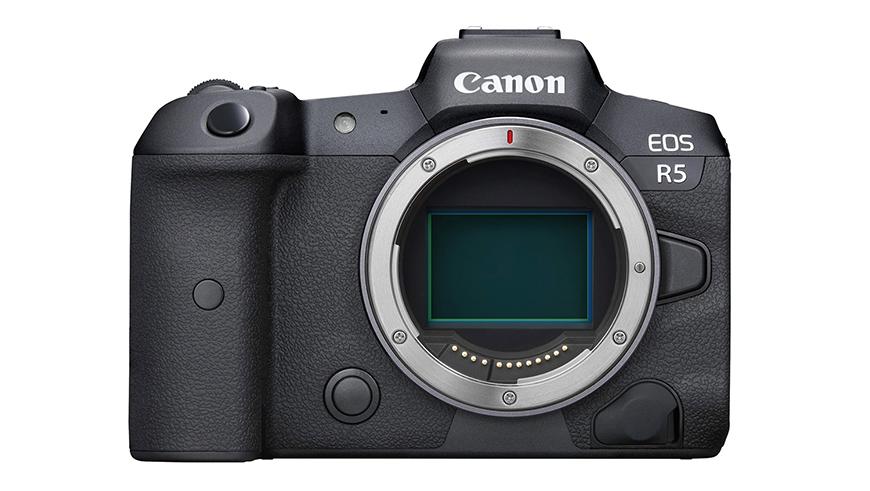
Canon EOS R5. Credit: Canon
- Sony a7R V – A full-frame mirrorless camera with a 61MP Exmor R BSI CMOS sensor and a BIONZ X image processor.
- Leica M11 – A rangefinder camera with a 60MP full-frame CMOS sensor with a BSI design for improved noise performance.
- Canon EOS R5 – A full-frame Canon mirrorless camera with a 45MP CMOS sensor and a DIGIC X image processor.
- Nikon D850 – A full-frame DSLR with a 45.7MP FX format BSI CMOS sensor. If you prefer a mirrorless camera, try the Nikon Z9 for the same number of megapixels.
- Sigma fp L – A full-frame mirrorless camera with a 61MP BSI Bayer CMOS sensor.
Top 5 SmartPhone Cameras with High Megapixel Count
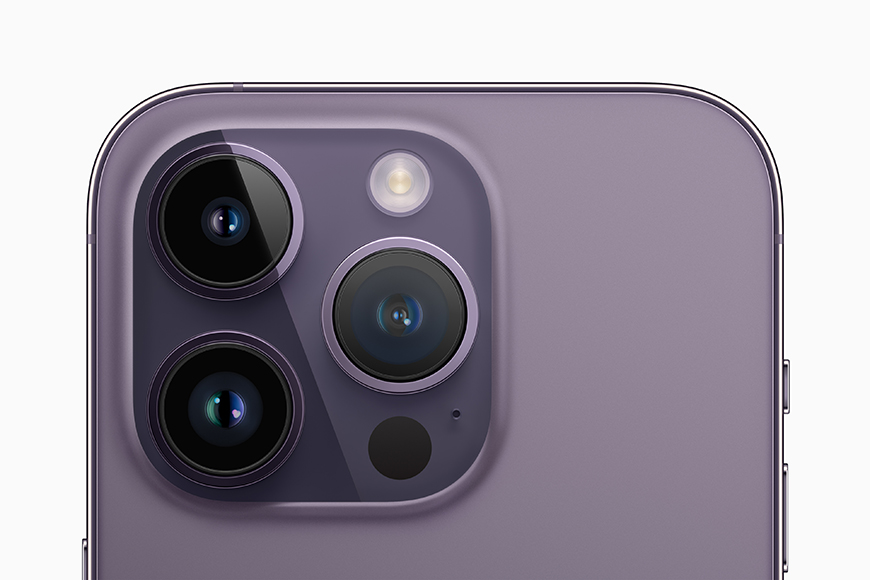
iPhone 14 Pro Max. Credit: Apple
- Xiaomi 13 Pro – Its primary camera has 50MP with a 1.0″ sensor, and it’s equivalent to a 23mm with an f/1.9 aperture. The ultra-wide camera is also 50MP equivalent to 14mm and f/2.2, and the 50MP telephoto is equivalent to 75mm with an f/2. It has Leica optics.
- iPhone 14 Pro Max – It has a pro camera system consisting of a 48MP, 24mm main camera with an f/1.78 equivalent. It has image stabilization and a seven-element lens. An ultra-wide 12MP camera and two 12MP telephotos.
- Huawei P60 Pro – The primary camera and the telephoto one feature 48MP. The ultra-wide one has a 13MP sensor. It offers a wide dynamic range even in low light conditions.
- Google Pixel 7 Pro – The main camera has a 50MP sensor, the telephoto is 48MP with a 5x optical zoom, and the ultra-wide one is 12MP. It’s been mostly appreciated for portrait shots.
- Samsung Galaxy 23 Ultra – It has a 200MP wide-angle camera, a 12MP ultra-wide camera and a 12MP selfie camera. It also has two 10MP telephoto cameras with 3x and 10x optical zoom.
What is the highest megapixel camera in the world?
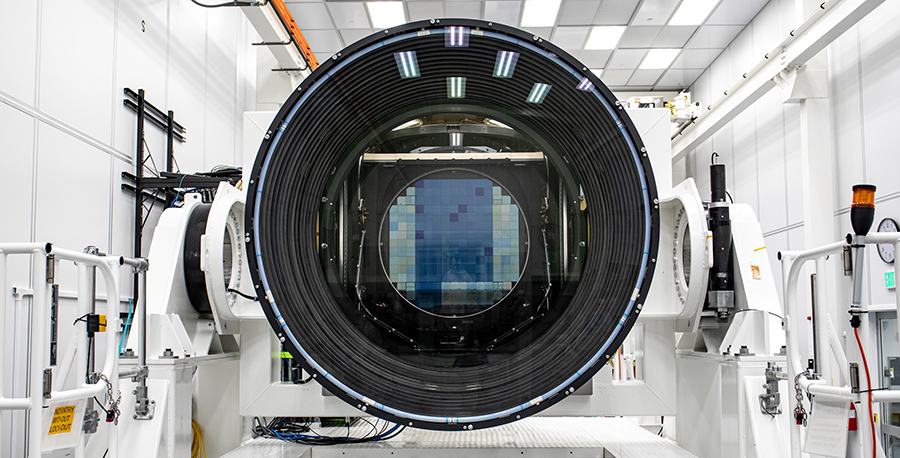
Image Credit:
Jacqueline Ramseyer Orrell/SLAC National Accelerator Laboratory
The camera with the most megapixels is the LSST (Large Synoptic Survey Telescope) digital camera.
It was developed by the SLAC National Accelerator Laboratory, and it’s meant to sit on top of the Rubin Observatory’s Simonyi Survey Telescope. It features 3,200MP.
Megapixels & Resolution: Calculating Print Sizes
Here’s a table that gives a breakdown of megapixel counts, their approximate resolutions, and how they might be applicable to common uses like printing and digital display.
| Megapixels | Approximate Resolution | Ideal For |
|---|---|---|
| 5 MP | 2592 x 1944 pixels | Small prints, social media, web use |
| 8 MP | 3264 x 2448 pixels | Medium prints, web use, some cropping |
| 12 MP | 4000 x 3000 pixels | Large prints, cropping, high-res screens |
| 16 MP | 4920 x 3264 pixels | Large prints, extensive cropping |
| 24 MP | 6000 x 4000 pixels | Very large prints, extensive cropping |
| 36 MP | 7360 x 4912 pixels | Professional large format prints, cropping |
| 48 MP | 8000 x 6000 pixels | Pro large prints, extreme cropping |
| 64 MP | 9216 x 6912 pixels | Professional ultra-large prints |
For example, a 12-megapixel photo has a resolution of approximately 4,000 x 3,000 pixels, which is more than enough for high-quality printing at common photo sizes, or for viewing on all but the largest and highest-resolution screens.
A 24-megapixel photo has a resolution of approximately 6,000 x 4,000 pixels, allowing for larger prints or more cropping flexibility, but this may not be necessary for most photographers.
Megapixels & Megabytes: How Megapixels Affect File Size
Trying to explain the relationship between megapixels and megabytes is complicated, but this analogy helps:
Pixels are dots you use to create a picture – the more dots, the more detailed your image (that’s the resolution). A megapixel is simply a million of these dots. For the analogy, let’s say a pixel is a backpack because a pixel contains information.
Megabytes are related to the information contained in the pixels. So, they compare to the weight of the backpack – they tell how heavy is the picture.
This is not considering how many backpacks you use, but how heavy they are. In your picture, this translates into how much space the image file will take up on your computer or phone.
So, if you’re taking a picture with lots of colors and details (like a vibrant sunset), it’s like packing your backpacks with heavy textbooks – that’s gonna take up more space (megabytes).
…but if it’s a simple picture with fewer details (like a white wall), it’s like packing your backpack with feather-light notebooks – it takes less space.
In both examples, the number of backpacks (pixels) doesn’t change. That’s why even though two pictures might have the same number of megapixels, they can have different file sizes (megabytes) because of the amount of detail and color they contain.

Check out these 8 essential tools to help you succeed as a professional photographer.
Includes limited-time discounts.











